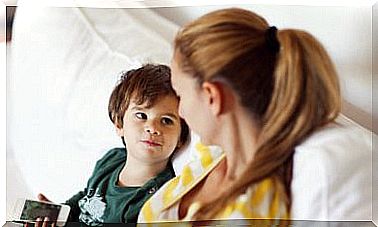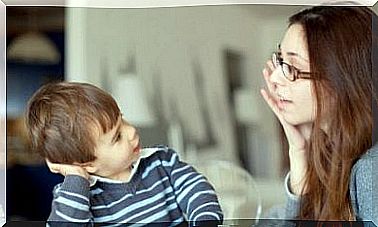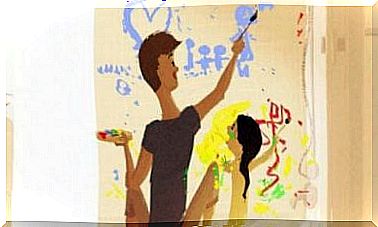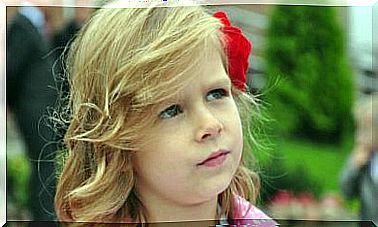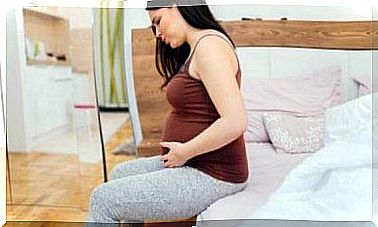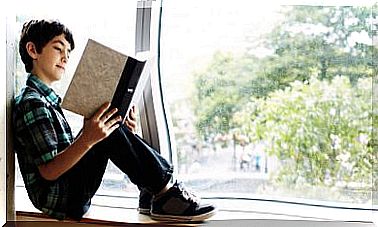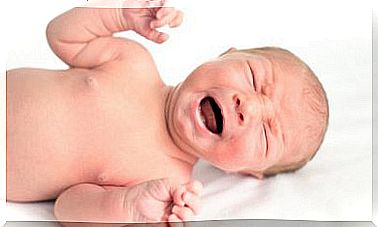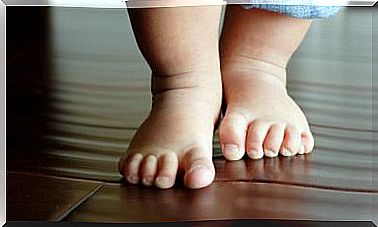What We Should Know About Left-Handed Children
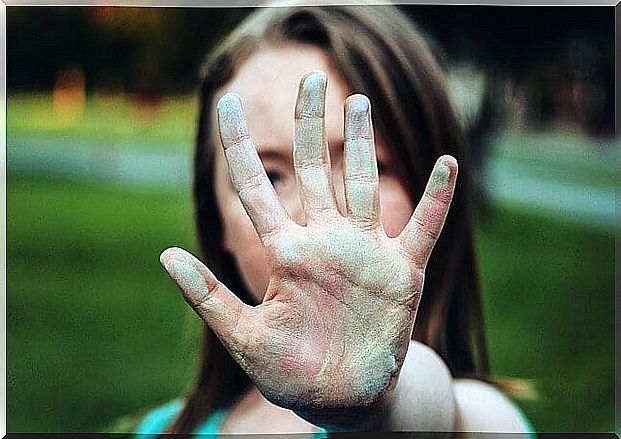
Studies of the world child population also show that the incidence of left-handed people is higher in males than in females.
There are many concerns about children using their left hand when the subject is not known; such as posture or the way our children hold objects.
We must bear in mind that a left-handed child is one who, from an early age, shows a preference for the left side of his body, which makes it easier to perform different activities, making him feel more comfortable.
A child with these characteristics constantly uses his left hand to eat, write, etc… We can also observe that they can even play football with their left foot without difficulties.
How do people view left-handed children?
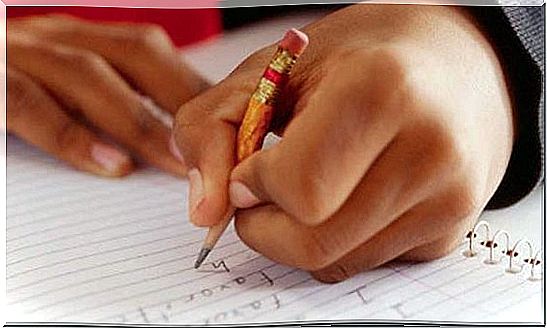
In the past, left-handed children were not regarded with complete indifference. In many cases, it was thought to be a genetic problem. But thanks to advances in science, society understood that being left-handed was not a problem. Much less something to change.
A left-handed child is born with greater dominance in the right side of his brain, and this trait develops further as he grows up. It is not possible to correct a left-handed child. In fact, there is no need to do this. We simply have to accept and guide the child through the normal process of adapting to daily activities.
To think that it is abnormal for your child to be left-handed or to think that he will not have the ability to develop normally as a child who uses his right hand more is a serious mistake.
How do you know if a child is left-handed?
We generally don’t know that a child is left-handed until he or she progresses through growth. Thus, we begin to observe that she indicates places, picks up a glass of water, writes at school, eats and plays with her left hand.
As soon as we realize that our child is left-handed, it might be interesting to learn about topics that help guide us in caring for and how to make things easier for him.
It is necessary to give him tools to facilitate the manipulation of objects (many of them are designed to be used by right-handed people) and to avoid the frustration of not performing some specific activity.
When starting the school stage, it is important to talk to the teachers and let them know that the child is left-handed. Thus, it is possible to search for chairs and tables that are adapted to it.
When a left-handed child starts school, he may feel a little confused when he sees that he performs activities differently from the rest. Therefore, it is important to offer objects that facilitate the accomplishment of the tasks.
what science says

Medicine tells us that this particularity is a genetic factor that derives from the mother’s womb. Or, in other cases, because there are two or more left-handed people within the family group.
It is possible that this occurrence exists because in the womb of the mother there was a high level of testosterone, better known as male hormones, or that at the birth of the baby there were lesions in the cerebral hemisphere.
But it can also happen naturally, starting when babies are in the womb making movements; if your left hand was preferred, it is possible that you are born left-handed.
There are also several medical opinions that recognize left-handedness as a factor in brain damage, due to ultrasounds or ultrasounds. Still, none of this can be alarming.
A left-handed child should not be a worry. And yes, we should support and guide when you can’t find a logical explanation of why your left hand is the most skillful and in other people it’s the opposite. It is important to know about the topic so that we can give an explanation to our left-handed child when he asks for it.

